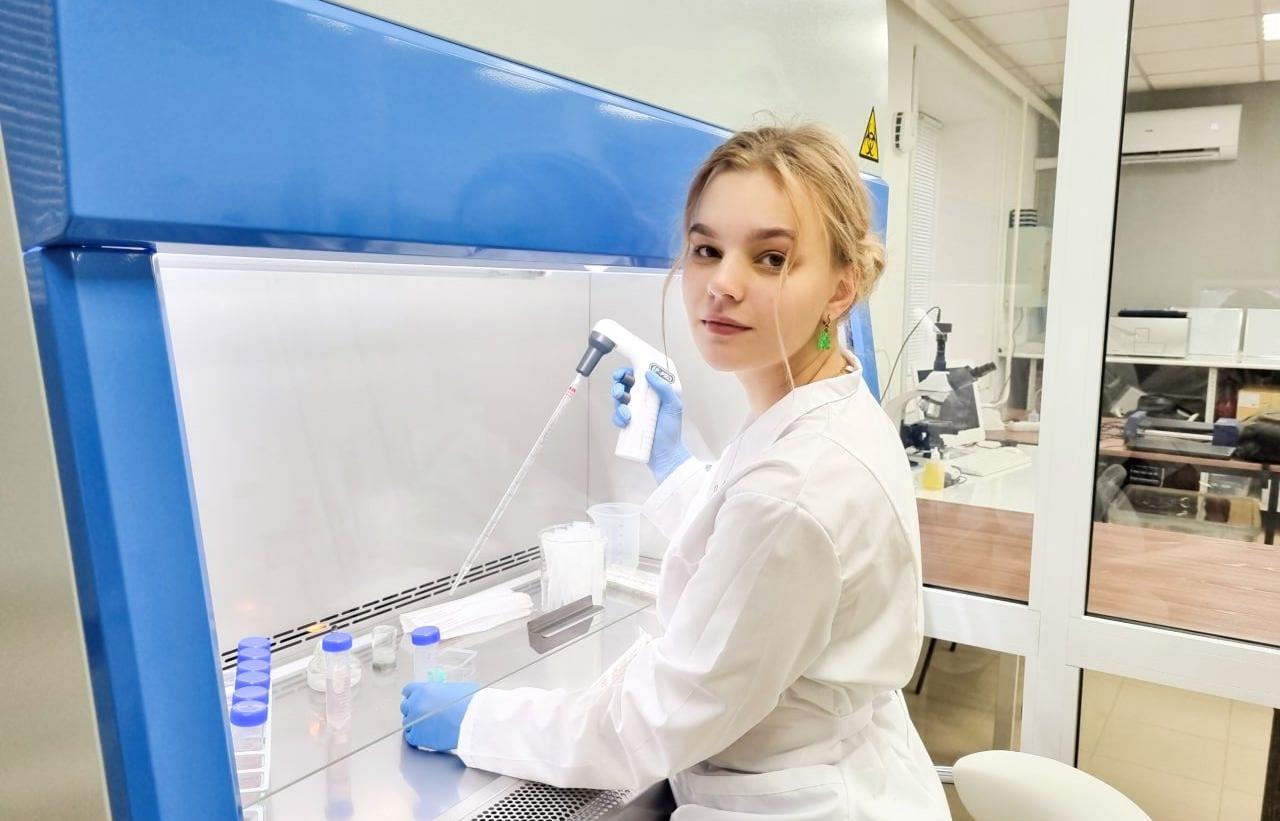Young scientists of the ISU Pharmaceutical Biotechnology Laboratory have discovered a number of useful substances and properties in truffle mushrooms that can be used in agriculture, medicine, science and the food industry.
For reference: in 2020, the project of young scientists of the ISU Pharmaceutical Biotechnology Laboratory for the study of truffle mushrooms and the creation of a truffle farm received the three million rubles support from the Russian Science Foundation (RSF). This year, the laboratory team received a grant from the RSF to continue the research.
For the study, scientists used several types of truffles: Black Summer, White Russian, Piemonte White, etc. The first type is most convenient for obtaining and studying its mycelium, from which the fruit body is formed. Studies of their chemical and symbiontic composition were carried out with all other types of truffles (truffle symbionts are microorganisms that live in the fruit body of the truffle and benefit it and the soil in which they live). A team of young scientists demonstrated a wide variety of bacteria and fungi that enter into symbiosis with the truffle mushroom and change their composition depending on the area where the truffle grows, its type, age, etc.
Agricultural industry
The culture of growing truffles has existed for a long time, but the process itself causes difficulties, because truffles are special by nature: they require certain environmental conditions, such as temperature, soil composition, etc. Scientists note that laboratory conditions would be ideal for growing truffles.
















